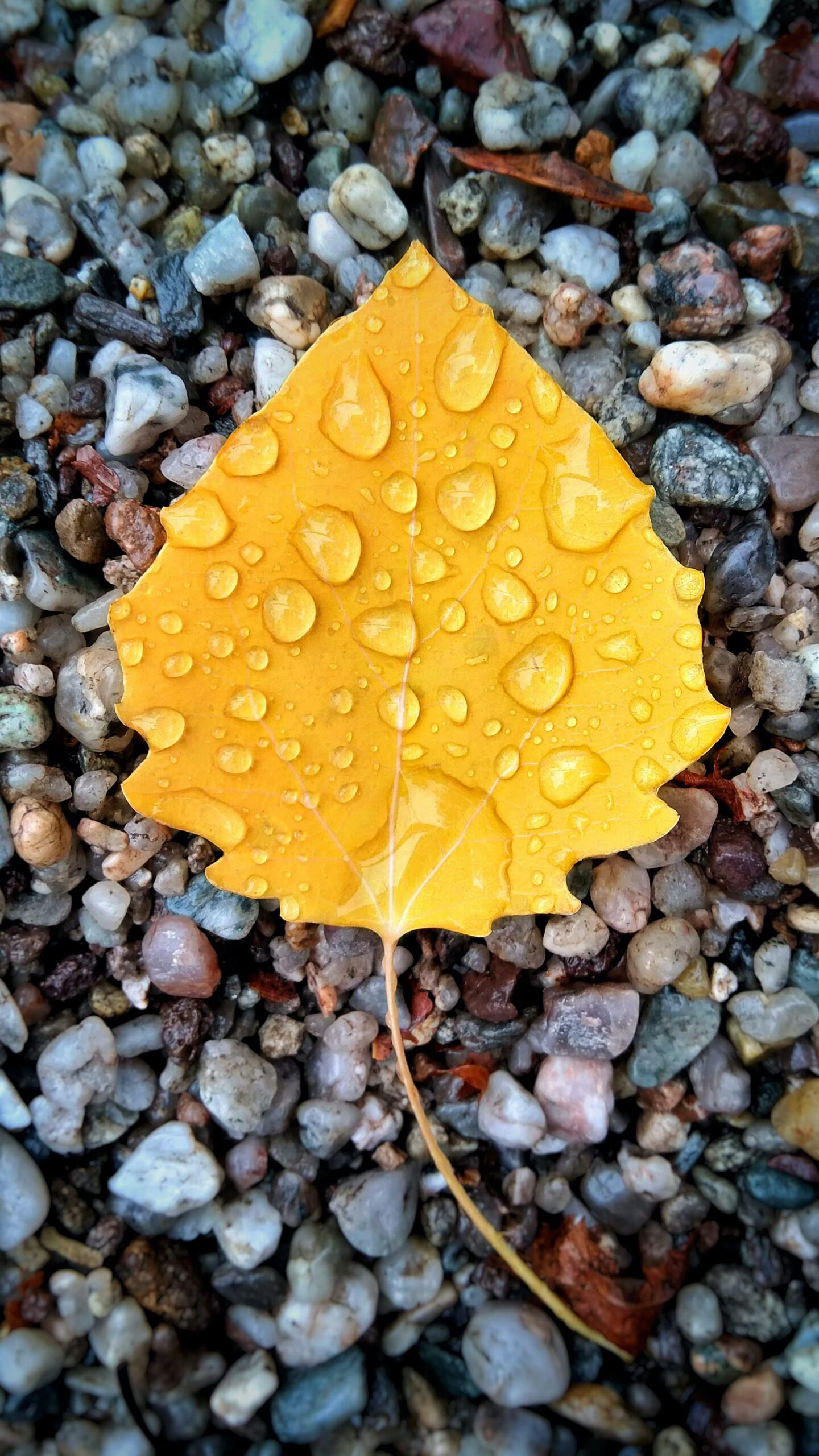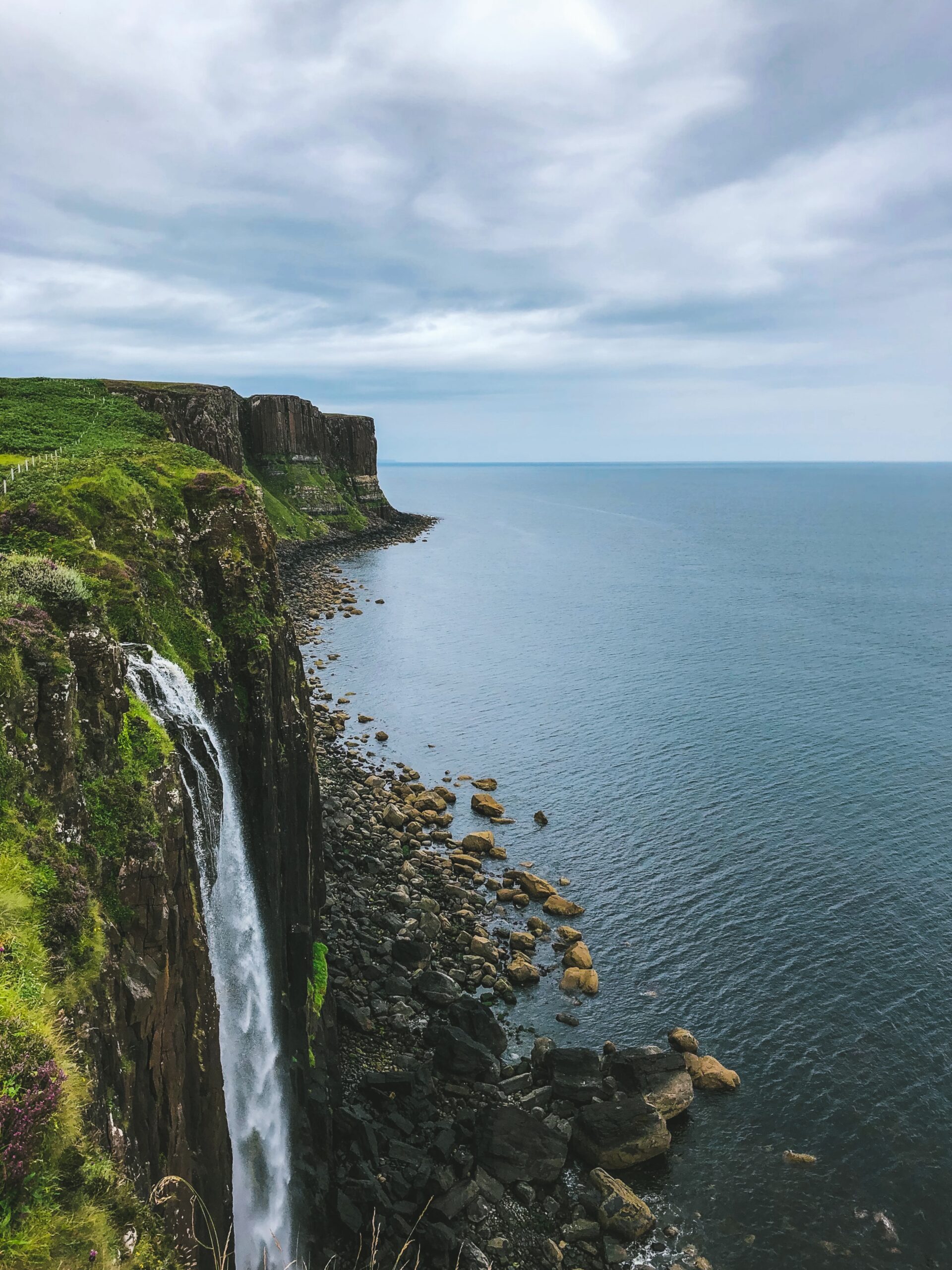
Photography has this never-ending discussion about RAW versus JPEG. Some say go RAW, others say go JPEG. It's a battle of opinions that just won't quit.
If you are a passionate photographer struggling to pick the right format for your photos, worry not!
In this article, we'll help you figure it out!
We'll walk you through the differences between RAW and JPEG, explain their advantages, and guide you on when to use each format.
The main difference between JPEG and RAW files lies in their size. RAW files are much bigger because they hold all the raw image information straight from your camera's sensors, uncompressed, just like a traditional film negative. This gives you complete control over editing and adjustments.
RAW is perfect for large-scale use, like blowing up images for billboards. However, it requires larger memory cards and fills up quickly, limiting the number of shots you can take at once.
On the other hand, JPEG files are much smaller because they are compressed.
Shooting in RAW offers a significant advantage – high-quality files with a broader dynamic range and more color options than JPEGs.
If under or overexposed, RAW images are easily recoverable, and they maintain their original quality when resized.
JPEGs, on the other hand, are compressed and processed, resulting in smaller files with some loss of quaity.
The choice between RAW and JPEG depends on your editing preferences and desired image outcome.
JPEG images come pre-processed, allowing for swift transfer from the camera to editing software or for direct sharing without any post-processing required. Their smaller size enables quick transfers and avoids camera slowdown during shooting.
However, working with RAW files requires processing and conversion into formats like JPEG, PNG, or TIFF, adding an extra step in the workflow. Storing two versions of the same image consumes more storage space, leading to longer backups and transfers.
Additionally, shooting in RAW may cause a slowdown in your camera's performance, resulting in a decrease in the frame rate during continuous shooting.
In the end, the decision of which photographic style to use is up to you!
Will you go for the quick and easy appeal of JPEG, or will you take on the exciting adventure of RAW's creative freedom?
Keep in mind that RAW format makes editing easier, and you can easily recover any changes you make. Additionally, when you resize RAW images, they will still keep their original high quality.
Whichever path you tread, let your creativity unfurl, and may your images speak the language of your heart!


